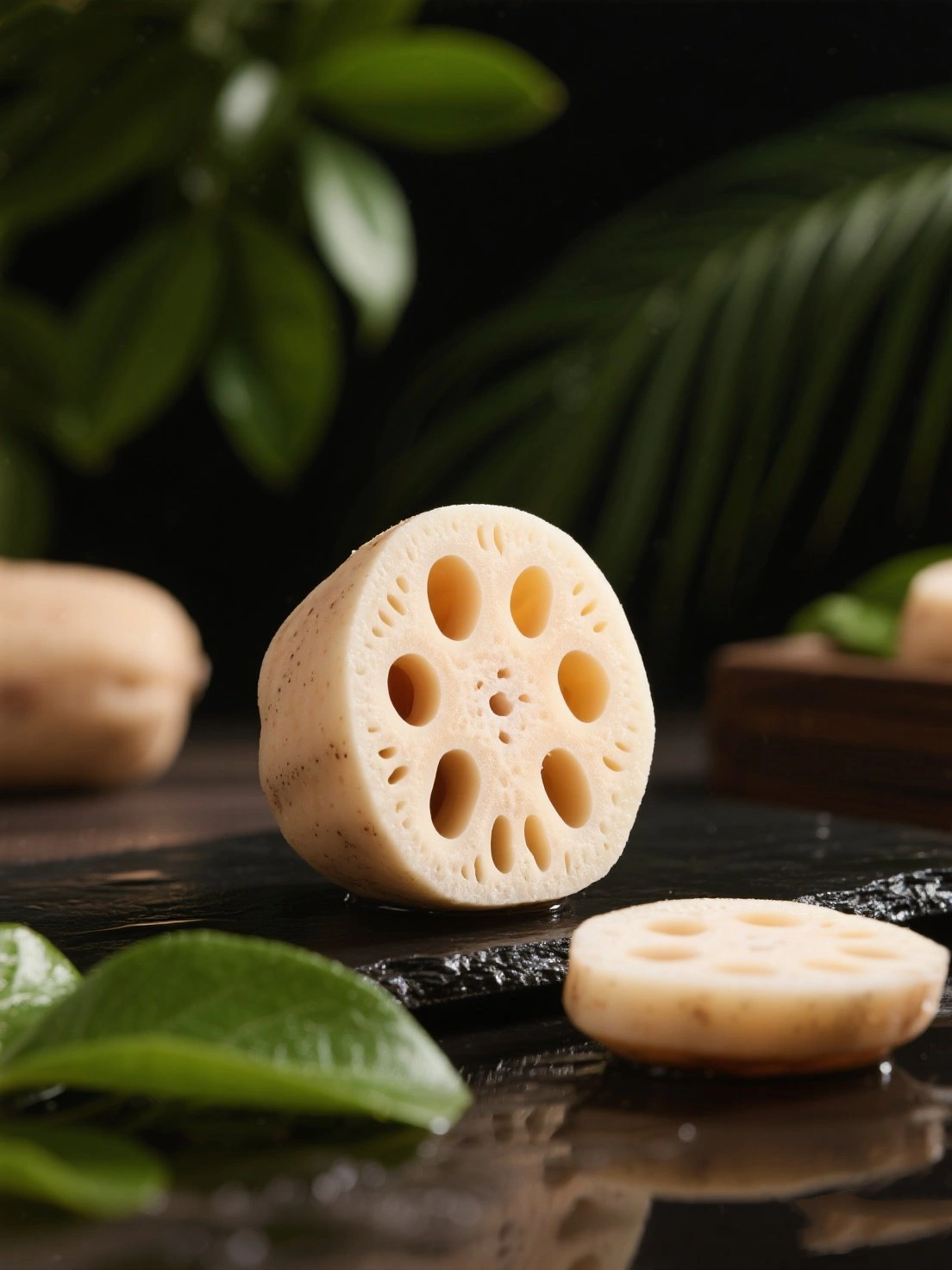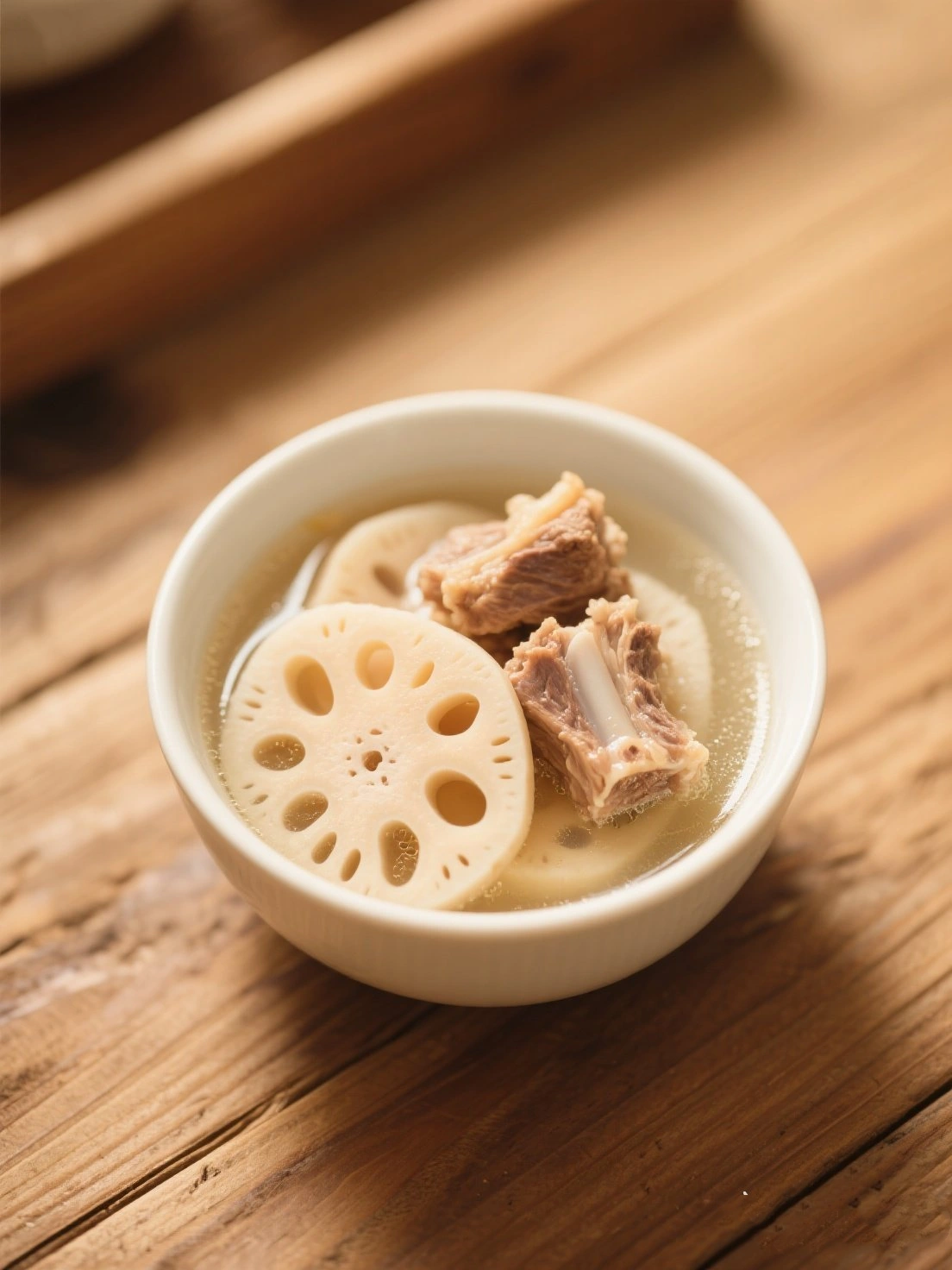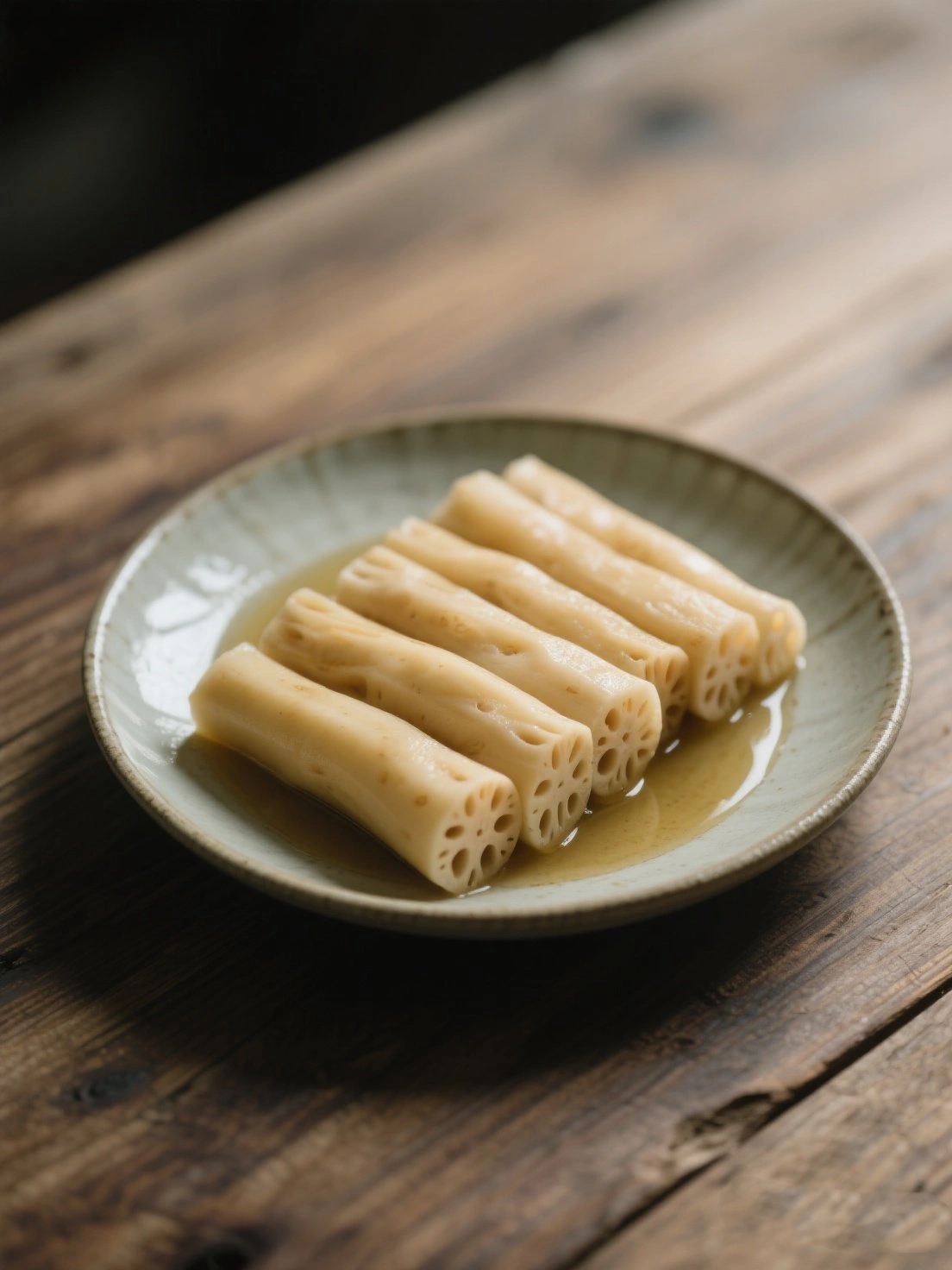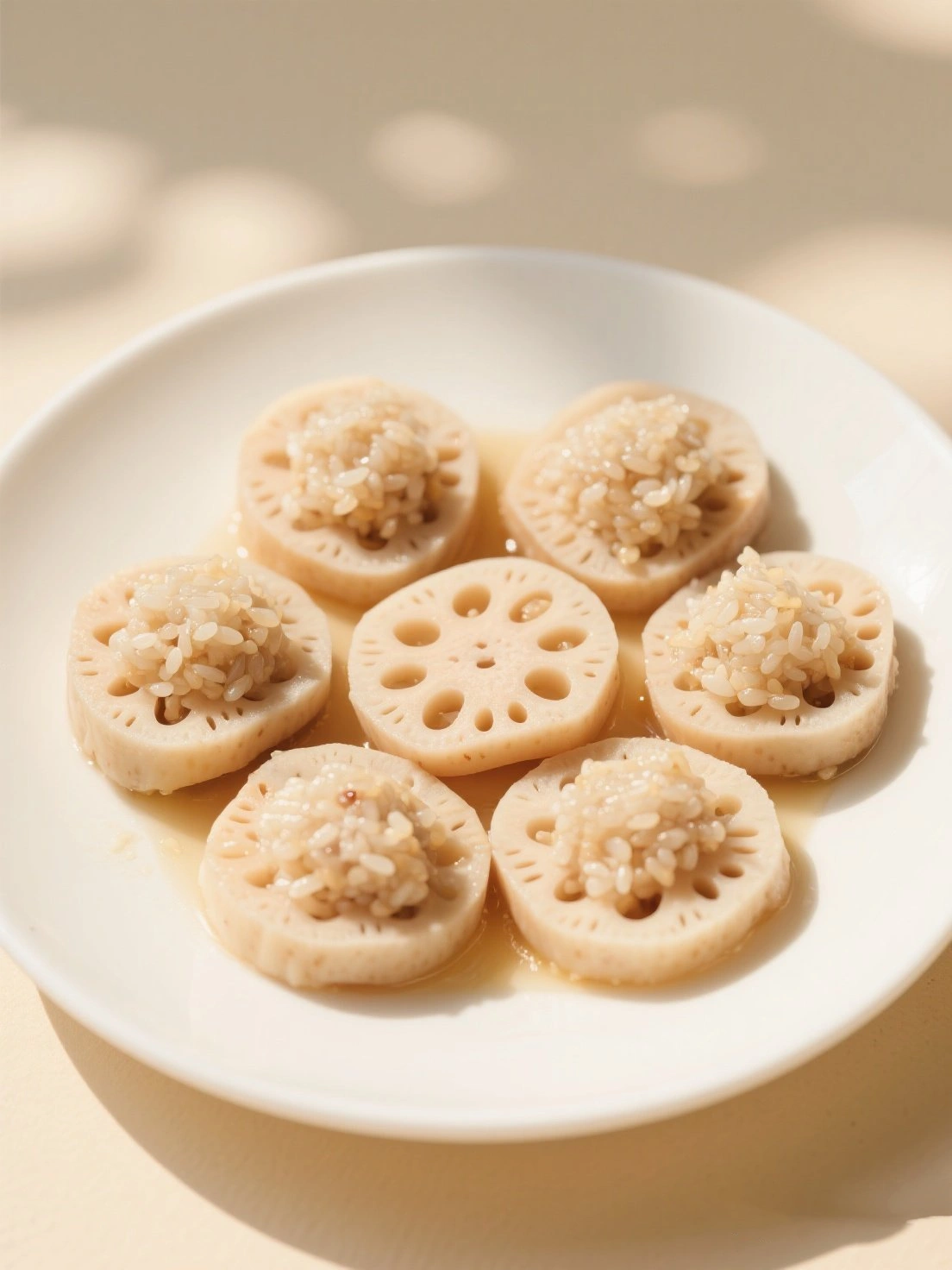Nutritional Value and Health Benefits of Lotus Root

Nutritional Composition (per 100g raw lotus root)
- Calories: 74 kcal - low in calories, high in fiber
- Carbohydrates: 17.2g - natural energy source
- Protein: 2.6g - plant-based protein
- Vitamin C: 44 mg - over 70% of daily value
- Minerals: Potassium, copper, iron, manganese
Health Benefits
- 🌿 Improves digestion and supports gut health
- 🌿 Rich in antioxidants and vitamin C for immunity
- 🌿 Helps regulate blood pressure with potassium
- 🌿 Low in fat and suitable for weight management
- 🌿 Traditional use in Chinese medicine for lung and blood health
Tip: When cooking lotus root, soak in vinegar water to prevent discoloration. It can be eaten stir-fried, boiled, or stuffed.
Lotus Root Harvesting Guide
1
Lotus Planting
- Planted in flooded fields or shallow ponds
- Best grown in warm climates with full sun
- Rhizomes are planted in spring or early summer
2
Growth & Development
- Large leaves grow above water surface
- Underground rhizomes (lotus roots) thicken in 3–4 months
- Best soil is loose, rich clay or silt
3
Harvest Season
- Harvested in autumn and early winter
- Rhizomes mature when leaves turn yellow
- Traditionally harvested between October and January
4
Harvesting Techniques
- Fields drained before harvesting
- Farmers dig manually or use machines to uncover roots
- Care is taken not to break fragile segments
5
Cleaning & Storage
- Washed thoroughly to remove mud
- Can be stored in water or chilled for freshness
- Sold fresh or processed into slices, powder, or pickles
Summary: Lotus roots take about 4–5 months to mature and are typically harvested in cool seasons. They require careful handling during extraction due to their delicate structure.
Harvesting Lotus Roots
See how lotus roots are harvested in traditional Chinese farming
Delicious Lotus Root Recipes
From savory stir-fries to sweet soups, discover the many ways to cook and enjoy lotus root!
Lotus Root Recipe Video Tutorials
Watch these tutorials to prepare delicious lotus root dishes at home.




